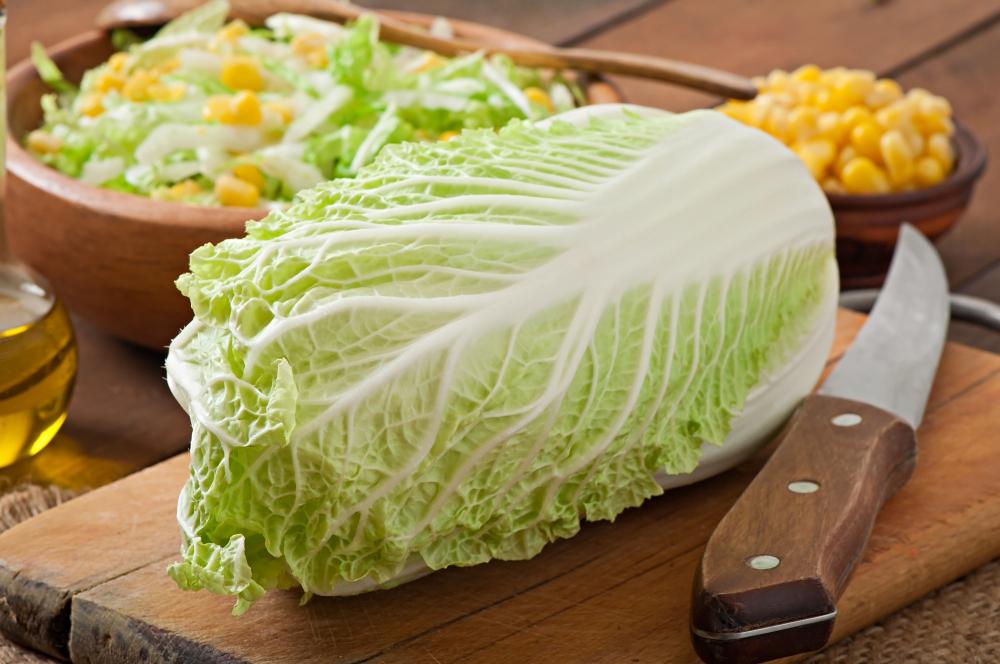No products in the cart.
Delicious and Nutritious Cape Gooseberry-taste and health benefits

Cape gooseberries are a member of the nightshade family, which also includes tomatoes, potatoes, and peppers. The fruit grows on a small plant that can reach up to 1 meter in height. The fruit is typically about the size of a cherry tomato, and is covered in a papery husk.
What are Cape Gooseberries?
Cape gooseberries, also known as physalis, golden berries, or ground cherries, are a small, round fruit that is native to South America. Specifically, they are believed to have originated in the Andean regions of Colombia, Peru, and Chile.
The fruit has been cultivated in these regions for centuries, and was an important food source for the Incas.
Cape gooseberries were introduced to Europe in the 18th century by Spanish explorers, and quickly became popular among gardeners and horticulturists.
In the 19th century, they were brought to South Africa, where they were further cultivated and developed into a commercial crop.
Today, cape gooseberries are grown in many parts of the world, including South America, South Africa, Australia, New Zealand, and the United States.
They are often grown in greenhouses, as they require a warm and sunny climate to thrive.
The flavor of cape gooseberries is a unique combination of sweet, tart, and slightly bitter.
The fruit can be eaten fresh or dried, and is often used in jams, sauces, and desserts. In many South American countries, it is also used in traditional medicinal remedies.
The Taste and Culinary Uses of Cape Gooseberries
Ah, the cape gooseberry! This little orange gem is not just a pretty face, it’s also packed with a unique flavor profile that is equal parts sweet, tart, and slightly bitter. It’s like a three-course meal for your taste buds!
Now, you may be wondering, “what can I do with these delicious little berries?” Well, let me tell you, the culinary possibilities are endless. Here are just a few examples of how cape gooseberries can be used in various dishes:
Desserts
Cape gooseberries make a fantastic addition to desserts, adding a tangy sweetness that complements everything from chocolate to vanilla. Try them in tarts, pies, or even as a topping for ice cream.
Jams and Sauces
Cape gooseberries can be cooked down into a thick, tangy jam that is perfect for spreading on toast or biscuits. They also make a great base for savory sauces, adding a unique flavor that pairs well with meats and vegetables.
Savory Dishes
Speaking of meats and vegetables, cape gooseberries can be used in a variety of savory dishes as well. They pair particularly well with seafood, adding a bright burst of flavor to dishes like ceviche or grilled fish.
To give you a little inspiration, here are a few recipes that incorporate cape gooseberries:
- Cape Gooseberry Tart: This tart features a buttery crust filled with a tangy-sweet custard made with fresh cape gooseberries.
- Cape Gooseberry Salsa: A twist on traditional salsa, this version features chopped cape gooseberries, diced avocado, red onion, cilantro, and lime juice.
- Grilled Chicken with Cape Gooseberry Sauce: This recipe calls for grilling chicken breasts and serving them with a sauce made from cooked cape gooseberries, honey, and balsamic vinegar.

Nutritional Profile of Cape Gooseberries
Cape gooseberries are not just delicious, they are also incredibly nutritious. Let’s take a closer look at their impressive nutritional profile:
Rich in Vitamins
Cape gooseberries are rich in vitamins, including vitamin A, vitamin C, and vitamin K. Vitamin A is essential for eye health, while vitamin C is important for immune function and skin health. Vitamin K is essential for blood clotting and bone health.
High in Minerals
Cape gooseberries are a good source of minerals, such as potassium, phosphorus, and calcium. Potassium is important for heart health and blood pressure regulation, while phosphorus is essential for bone health. Calcium is important for bone and teeth health.
High Fiber Content
Cape gooseberries are a good source of fiber, which is important for digestive health and can help lower cholesterol levels.
Hire in Antioxidants
Cape gooseberries are rich in antioxidants, including flavonoids and carotenoids. Antioxidants help protect cells from damage caused by free radicals and may help reduce the risk of chronic diseases, such as heart disease and cancer.
Low in Calories
Cape gooseberries are low in calories, with just 53 calories per 100 grams. This makes them a great snack option for those watching their calorie intake.
In addition to the above, cape gooseberries are also low in fat and sugar. This makes them an ideal fruit for those following a low-fat or low-sugar diet.

What are the Health Benefits of Cape Gooseberries?
Boosting Immunity
Cape gooseberries are particularly high in vitamin C, which plays a key role in supporting immune system function. Vitamin C helps to stimulate the production of white blood cells, which are responsible for fighting off infections and diseases.
Anti-Inflammatory
Cape gooseberries contain a number of anti-inflammatory compounds, including polyphenols and carotenoids. These compounds help to reduce inflammation in the body, which can help to reduce the risk of chronic diseases such as heart disease, cancer, and arthritis.
Support Eye Health
Cape gooseberries are a good source of vitamin A, which is important for maintaining healthy vision. Vitamin A helps to protect the surface of the eye, as well as contributing to the formation of pigments that help the eye to adapt to changes in light.
Aiding in Digestion
Cape gooseberries are high in fiber, which can help to support digestive health. Fiber helps to regulate bowel movements, reduce constipation, and improve gut health.
Supports Bone Health
Cape gooseberries are a good source of calcium, which is important for maintaining strong bones and teeth. They also contain phosphorus, which works in conjunction with calcium to support bone health.
Supports Skin Health
Cape gooseberries contain a number of antioxidants, including vitamin C, that can help to protect the skin from damage caused by environmental stressors such as UV rays and pollution. This can help to keep skin looking healthy and youthful.

How to Select and Store Cape Gooseberries
Selecting and storing cape gooseberries may seem daunting, but it’s actually quite simple! Here are some tips to ensure that your cape gooseberries stay fresh and delicious:
Selecting Cape Gooseberries:
- Look for cape gooseberries that are firm and plump, with a bright orange color. Avoid ones that are wrinkled, soft, or discolored.
- Check the husk or papery covering around the fruit to ensure it is dry and intact. Damaged or wet husks can indicate that the fruit is past its prime.
- Cape gooseberries can be found in the produce section of many grocery stores, or at farmers markets during their peak season.
Storing Cape Gooseberries:
- Cape gooseberries should be stored in a cool, dry place, such as a pantry or refrigerator. They should be kept in their husks or papery coverings until ready to use.
- If you need to store cape gooseberries for longer periods, they can be frozen. Remove the husks and place the fruit in a single layer on a baking sheet, then freeze until solid. Once frozen, transfer the fruit to a freezer-safe container and store for up to 6 months.
- Cape gooseberries can also be preserved by making jams or sauces. Simply cook down the fruit with sugar and water, then store in sterilized jars in a cool, dry place.

Conclusion
Cape gooseberries are a delicious and nutritious fruit that offers a range of health benefits.
Their unique taste, which is a blend of sweetness, tartness, and slight bitterness, makes them a versatile ingredient that can be used in a variety of culinary applications.
Their high nutrient content and numerous health benefits, incorporating cape gooseberries into your diet is an easy and tasty way to support overall health and wellbeing.


